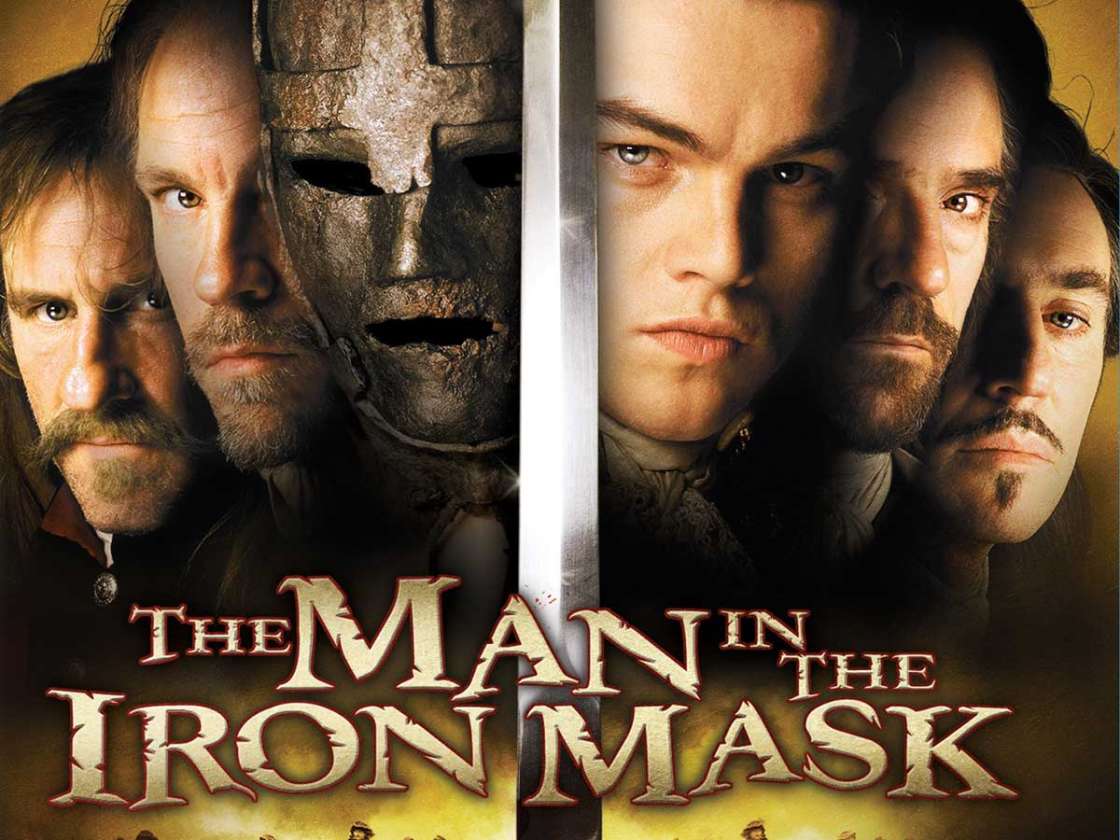
August 4, 2023
You may think you are familiar with the works of Alexandre Dumas. You may know The Three Musketeers and their daring mantra, ‘All for One and One for All,’ or the mysterious story of vengeance and heartbreak, The Count of Monte Cristo. But have you heard of The Man in the Iron Mask?
The story, based on actual events, tells of the vain, war-hungry young king, Louis the XIV, and his involvement with an intriguing prisoner. It also reunites the three Musketeers and their companion, D’Artagnan, for one more adventure.
The account of the masked prisoner was discovered in the hundreds of documents taken from the storming of the Bastille on July 14, 1789. One of the earliest surviving documents, dated July 16, 1669, alerted the governor of the prison of the arrival of a new inmate. The prisoner was to only speak to this governor and only ask for immediate needs, or he would be killed. The prisoner would become one of the longest-held prisoners, a man with no name, a man in a mask.
But who is this prisoner? Why was he imprisoned? The facts about the prisoner himself are lost to time, though there have been many rumors or ideas about his identity: was he an illegitimate son of Louis the XIV’s father, was he Louis’ twin, a valet, an ambassador, was he even French?
Despite little being known about the prisoner himself, there was an undeniable fact that had been documented multiple times about this convict: he was masked. This was unusual because during this time, if a prisoner was ‘hooded,’ masked, or had their face covered, it was generally done before execution.
The prisoner arrived on July 28, 1669, and would remain there until the governor took him to a new prison, Fort of Exiles, in 1681. They would move to the Lerins Islands, offshore prison in 1687. This is when the rumors began to spread about the man in the iron mask. Finally, the governor took his long-serving prisoner with him to his new post at the infamous Bastille in 1698. The prisoner would eventually die here, November 19th, 1703.
Dumas picked up the story in 1847, casting the prisoner as Louis XIV’s twin bother who was imprisoned by their parents. Dumas’ birthday was last week, July 24, 1802. I encourage you to read Dumas’ novel and find out who Dumas views as the Man in the Iron Mask.
There are several film adaptations: the 1939 version feels more accurate to the novel even with its swashbuckling fight sequences, and the well-known Leonardo Di Caprio version from 1997, which depicts more of the Musketeers’ role in the story. Feel free to enjoy the adventurous version, starring Douglas Fairbanks too.
If you want to unearth more theories about the identity of the Man in the Iron Mask, check out these resources:
The Man in the Iron Mask: The True story of Europe’s Most famous Prisoner
Perhaps you can dig through various archives and help historians finally uncover the identity of the Man in the Iron Mask.
Andrew E.
Red Bridge branch
Read Similar Blogs:
Authors
Books and Reading
History
Literature







